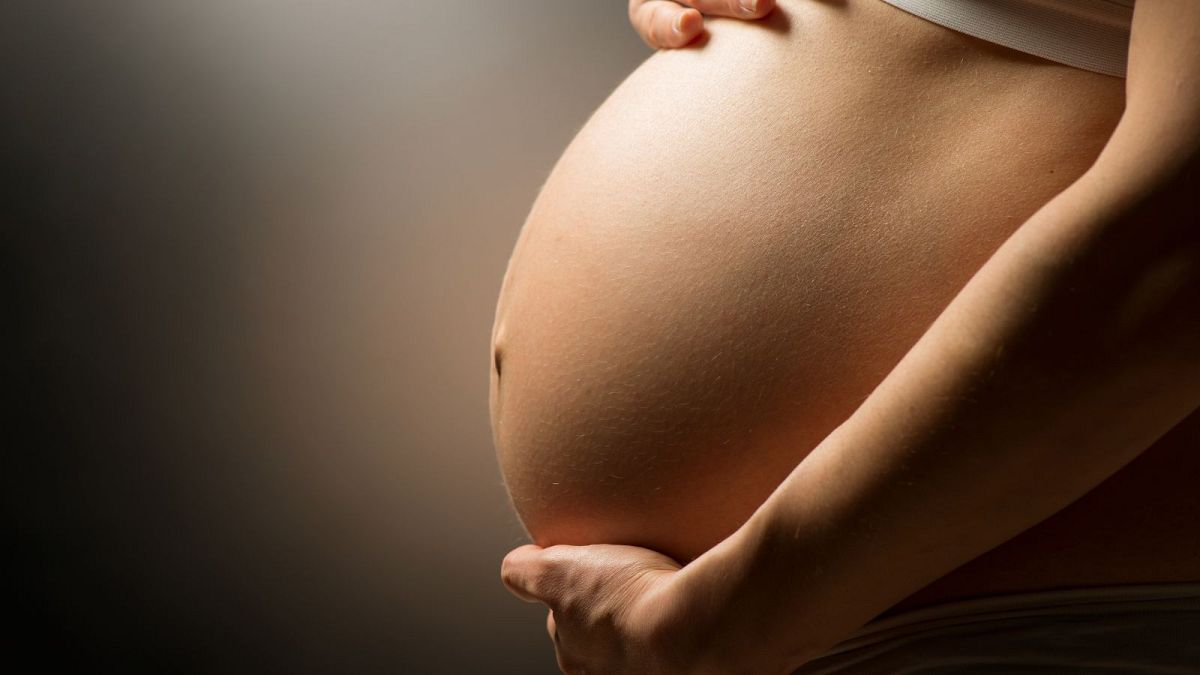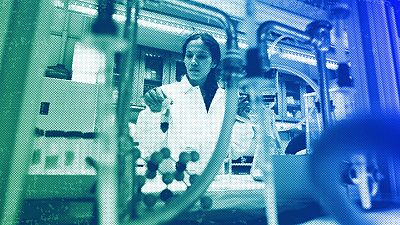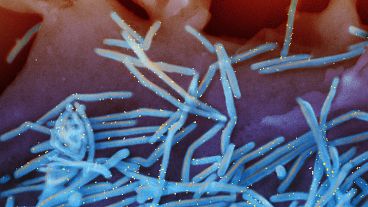The mini organoids could help scientists treat major disorders which start in the first weeks of pregnancy.
Scientists in the UK and Switzerland have grown "mini-placentas" in the lab to shed light on the causes of major pregnancy disorders like pre-eclampsia (a high blood pressure disorder), stillbirth and growth restrictions and figure out a way to treat them.
A successful pregnancy depends on the development of the placenta in the first few weeks of gestation, which is when the placenta implants itself into the mucosal lining of the uterus, the endometrium.
This is the same period when dangerous disorders like the ones mentioned above can develop.
Pre-eclampsia, for example, can occur when interactions between the cells of the endometrium and the placenta do not work properly. The condition, which causes high blood pressure during pregnancy, occurs in around 6 in 100 first pregnancies and can put at risk the health of both the pregnant person and the baby.
"This is a process that is incredibly difficult to study – the period after implantation, when the placenta embeds itself into the endometrium, is often described as a ‘black box of human development'," Ashley Moffett, a professor in the pathology department at the University of Cambridge and one of the scientists who experimented on the mini-placentas, said in a statement.
“Over the past few years, many scientists [...] have developed embryo-like models to help us understand early pre-implantation development. But further development is impeded because we understand so little about the interactions between the placenta and the uterus,” she added.
Together with colleagues at the Friedrich Miescher Institute in Switzerland, and the Wellcome Sanger Institute in Cambridge, Moffett studied the mini-placentas to understand these early reproductive disorders.
According to the study published by the researchers in Cell Stem Cell, the lab-grown mini-placentas, known as "trophoblast organoids", are grown from placenta cells.
The scientists used them to study how proteins extracted from the uterus’ immune cells interact with the placenta when it implants on the endometrium, finding that these proteins are key to successful implantation.
“This is the only time that we know of where a normal cell invades and transforms an artery, and these cells are coming from another individual, the baby,” said Moffett.
“If the cells aren’t able to invade properly, the arteries in the womb don’t open up and so the placenta – and therefore the baby – are starved of nutrients and oxygen. That's why you get problems later on in pregnancy, when there just isn't enough blood to feed the baby and it either dies or is very tiny.”
Margherita Turco from the Friedrich Miescher Institute in Switzerland, who co-led the study together with Moffett, said: "Despite affecting millions of women a year worldwide, we still understand very little about pre-eclampsia. Women usually present with pre-eclampsia at the end of pregnancy, but really to understand it – to predict it and prevent it – we have to look at what's happening in the first few weeks."
Using the so-called mini-placentas, according to Turco, can help scientists "unpick some of the key processes that we should now focus on far more," she said.
"It shows the power of basic science in helping us understand our fundamental biology, something that we hope will one day make a major difference to the health of mothers and their babies.”



